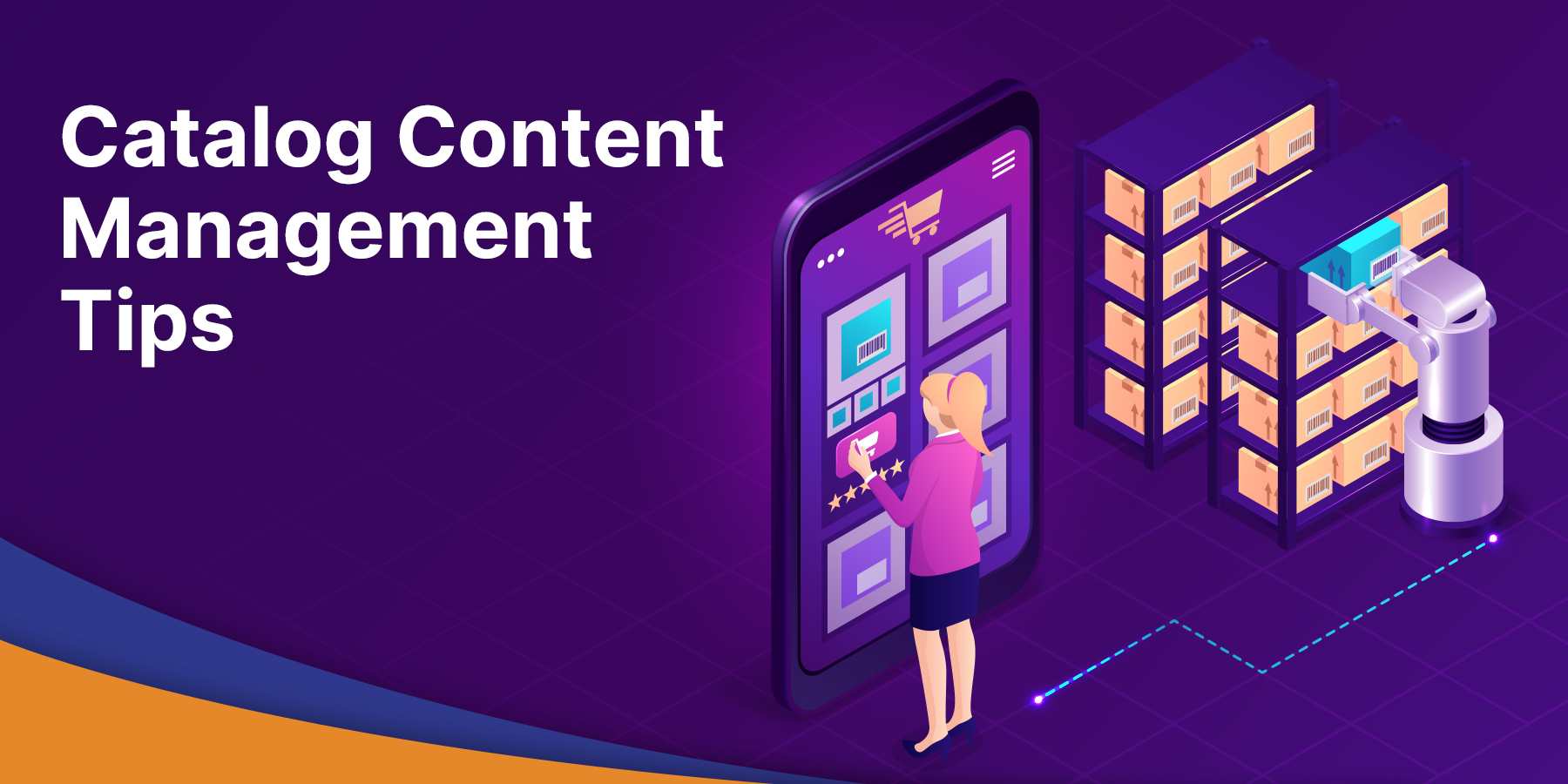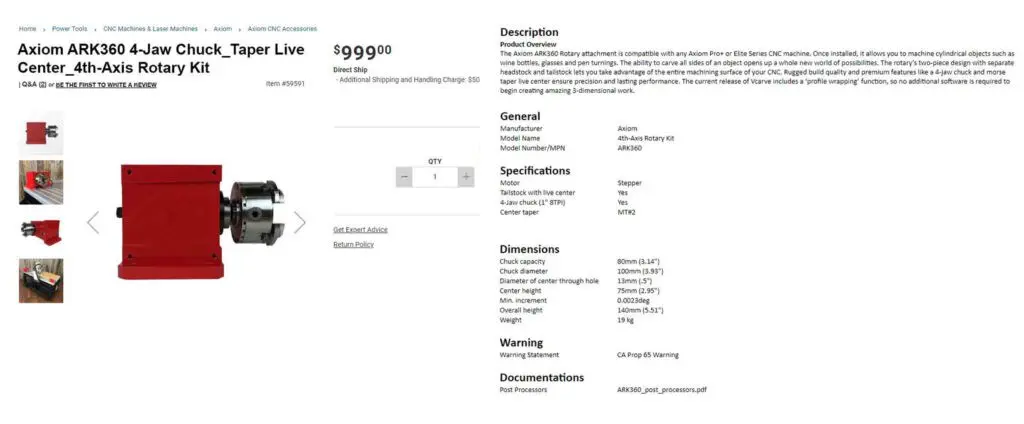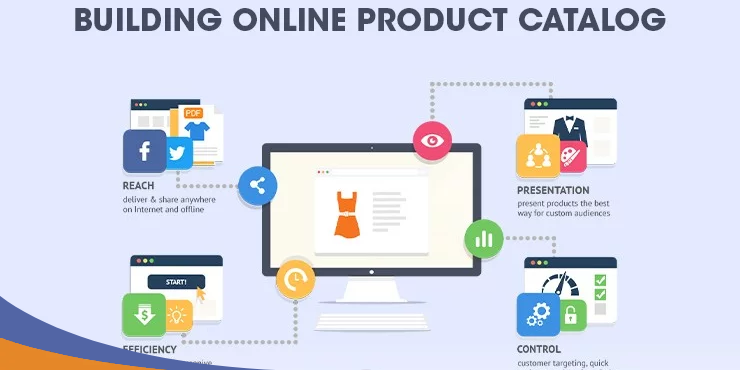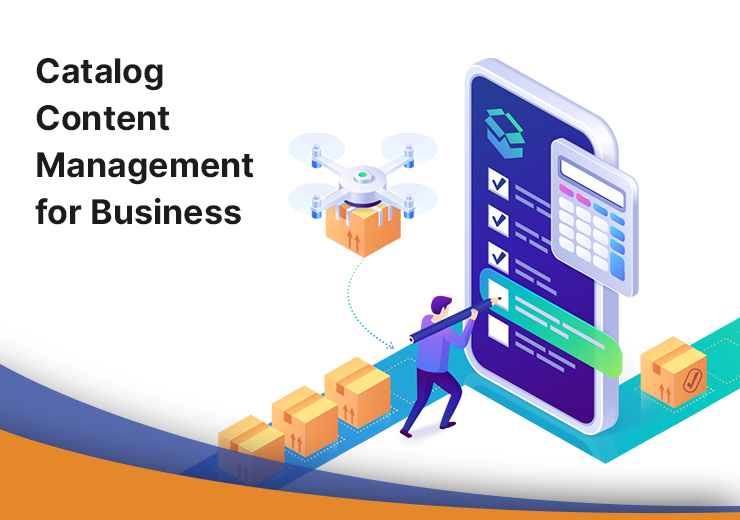
Retail businesses are undergoing rapid changes with technological advancements and breakthrough innovations. As every seller is switching from a brick-and-mortar store to an online platform, the competitive arena is already jam-packed. With multiple choices placed in front of the customer, purchase decisions are highly influenced by online reviews, product information, and a diversified catalog.
In such a scenario, ensuring customer satisfaction and conversion ratio is dependent on your catalog development. It is indispensable to provide a consistent customer experience and reliable product information access. Thus eCommerce catalog content management plays a crucial role in achieving your online business goals.
Are you looking forward to building an appealing catalog with compelling content?
Here are 11 tips for developing and maintaining best-in-class catalog content.
Focus on Data Quality
Do you think your visitors are comfortable with your eCommerce site and trust your product information?
If not, to gain your customer’s trust, it is crucial to provide comprehensive and accurate data that is consistent across your catalog. Give your customers the confidence that they are getting the best and the most relevant information to make a well-informed purchase decision.
Keep Your Content Updated
Keep your product content updated. While the product details remain static, the inventory is dynamic. Onboard a virtual assistant to track and update the information. Any changes in the inventory, product upgrade, and new arrivals must be instantly updated to provide a better customer experience.
Create Impactful Product Descriptions
Your product descriptions are the best chance to present and explain your products to your customers. Create relevant, compelling, and informative descriptions that can attract your audience and give your customers a better understanding of your products.

Do you want to create an edge over your competition with high-quality product content? Then ditch the duplicate content from manufacturers and competitor sites and craft unique and SEO-friendly product descriptions with our copywriting experts’ help.
Optimize your Product Content
Optimize your product content not only for your customers but also for the search engines. Here are some of the tips to consider both customers and search engines while creating your content.
- Write short and engaging paragraphs about your product that reflect your brand personality.
- Enrich your product page with appropriate keywords.
- Highlight benefits and add more specifications using bullet points.
Work on your Visual Content
An attractive product image will power your eCommerce sales.
Do you know almost 30% of product returns happen because it was not delivered as shown in the image?
Use high-quality product images to help customers better understand your products. Moreover, having an image on your product page is not enough anymore. Consider your product visual as a great way to recreate the offline product experience online. Utilize the visual content to give your customers a closer look at the product they are buying.

Pro Tip: Recreate your product experience online with a 360° product view and allow your audience to zoom, rotate and scale images as per their preference.
Categories your Products
To create a successful product catalog, you need to invest your valuable time in categorizing your products. A well-built product taxonomy simplifies site navigation, leading to a faster browsing experience and, eventually, better sales.
Let your customers drive the language and complexity of the taxonomy structure. Collect the key terms and vocabulary used by your audience, and develop a product taxonomy that meets their expectations. As a part of categorizing your products, you must –
- Ensure all the product tags and units of measure are consistent.
- Include additional product attributes when required.
- Create custom fields to identify products quickly using attributes and values.
Include Upselling and Cross-Selling features
Do you know the conversion rate of an existing customer is eight times more than that of a new customer?
It is easier to sell to existing customers than acquiring a new customer. Cross-selling and up-selling features in your catalog can help increase your eCommerce revenue significantly. While cross-selling stores can provide more options, up-selling e-commerce can persuade customers to buy additional items.
Leverage tabs such as “Similar items; “often bought together,” and “other customers also bought” you can encourage customers to spend more on your site.
Set your SKUs Right
In eCommerce, it is essential to make sure the right product is shipped to the right customer. Setting up the right SKUs will ensure the proper shipment and prevent returns and replacement. The right SKU will also enable quick and convenient multi-channel product data management. Especially when you are working with multiple suppliers, it is crucial to create your product SKUs.
Personalize your B2B Catalogs
The complexity of your B2B catalog and the growing volume of product data will pose a never-ending challenge in managing your catalog effectively. With your modern B2B customers’ evolving demands, catalog content personalization becomes a crucial factor in your business success.
That’s why It is wise to choose the right eCommerce catalog management solution that helps personalize your product pricing and support tailor-made catalog content management needs.
Find the Right eCommerce Catalog Content Management tool.
While choosing an eCommerce content management tool, do thoroughly learn the capabilities of the tool. Consider your business factors such as business size, preferred expansion, the complexity of your catalog, availability of human resources for management. There are several catalog content management tools available in the market, including –
- A standalone eCommerce platform
- A spreadsheet software
- Product Information System
- An eCommerce platform that integrated with your ERP
No matter the type of eCommerce catalog management tool or the toolsets that you choose, make sure to keep a single source of truth to avoid data duplication and redundancy.
Partner with eCommerce Product Catalog Services
Outsourcing the eCommerce catalog management needs to a reliable eCommerce Catalog Content Management Service provider is considered the best option by most retail entrepreneurs. They act as a one-stop solution for your catalog management needs.
Outsourcing brings industry experts to your service. They can deploy the latest trends, best practices, and the best catalog content management solutions to enhance your business performance. Above all, you can save valuable time and cost by outsourcing a bulk of your management workload. Partner with a leading eCommerce Catalog Content Management Service provider to reach your online business goals.
Interesting posts to read:
10 Pro Tips to Manage a Remote eCommerce Customer Support Team
Why Do Most eCommerce Businesses Outsource Product Description Writing?








